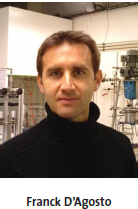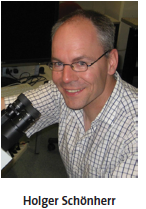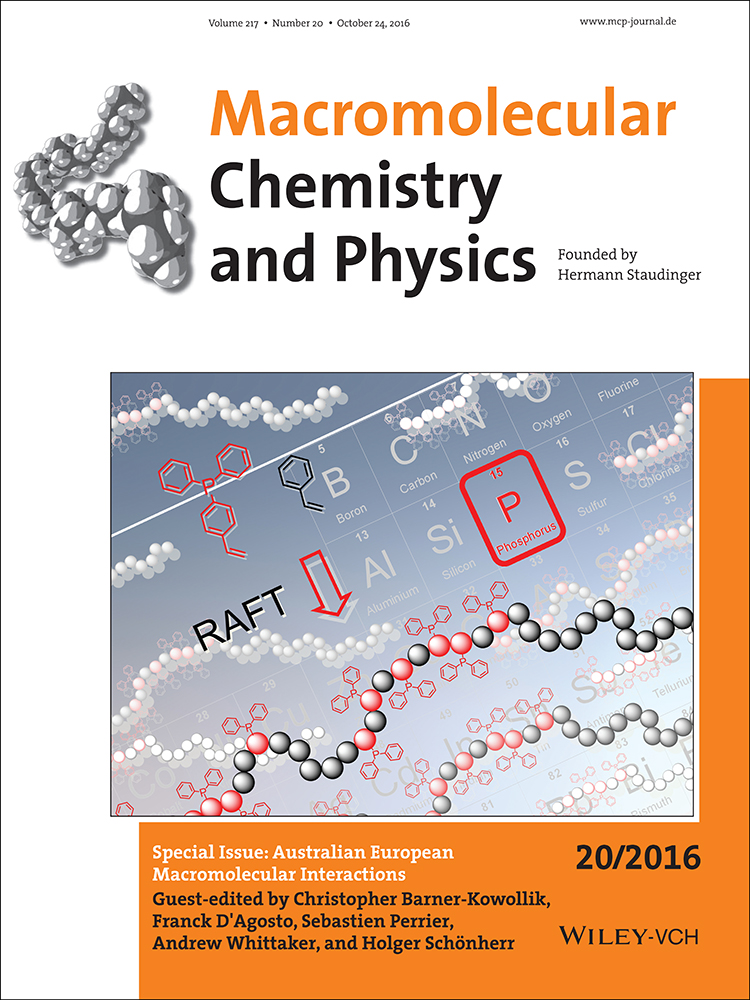Australian European Self-Assembly through Macromolecular Interactions
The link between Australian and European polymer science has traditionally been a very strong one, ranging from the frequent interchange of post-doctoral researchers to joint PhDs programs between European and Australian universities (e.g. QUT/KIT) or even strategic research alliances (e.g. Monash/Warwick). The cross-continental research activities additionally include frequent conference attendances on both continents, for example at the last European Polymer Federation Congress in Dresden in June 2015, where a dedicated and highly successful Australian/European workshop was held to identify avenues to further strengthen the collaborative efforts. The 36th Australasian Polymer Symposium held in Lorne, Victoria, in November of this year will see substantial European involvement and the up-coming European Polymer Federation Conference in Lyon in 2017 will welcome a large Australian delegation in a dedicated workshop.
In the current issue of Macromolecular Chemistry and Physics, we have collated articles from European and Australian teams to showcase their science, demonstrate the diversity of the offered research themes and inspire the macromolecular communities on both continents to explore what European/Australian collaboration has to offer.





Daniel Keddie and team explore the behavior of phosphine monomers via the arguably most Australian polymerisation method, i.e. the Reversible Addition Fragmentation Chain Transfer (RAFT) process, while James Blinco and colleagues have a closer look at the profluorescent properties of nitroxides and their applications. The efficient RAFT polymerisation of fluorine-containing monomers is assessed by Vincent Ladmiral and coworkers. Gaining information on the diffusive properties of macromolecules is an important exercise to assess their hydrodynamic volume in solution and Arnaud Favier and his team demonstrate how DOSY NMR can provide important solution parameters of RAFT prepared polymers. Moving into the biological applications of macromolecules, Martina Stenzel investigates how the ratio of positive and negative charges on polymers influences their cellular up-take, guiding future polymeric drug design efforts, while Markus Müllner explores the use of brush nanoparticles for delivery and imaging applications. Staying in the realm of polymer-driven biomedical applications, Holger Schönherr, Nicolas Voelker and coworkers introduce a polymer based theranostic approach to detect bacterial infections, while Neil Cameron and team discuss how the movement of pesticides can be controlled by using polymeric drift control agents. The synthesis of star polymers prepared by RAFT polymerisation for theranostic applications is introduced by Andrew Whittaker and colleagues, while Nicolas Voelker and team explore new synthetic routes to glycerols. Steven Howdle and his team are showing how dispersion polymerization in supercritical CO2 can be exploited for controlling the size and morphology of polymer particles. Finally, Abraham Chemtob moves into the area of photoinitiation of radical polymerisation processes, showing that surface based initiation strategies provide a potential avenue for reaction scale-up.
These studies are excellent highlights of the breadth and quality of research undertaken on both continents, often based on strong collaborations between Australian and European teams. We hope this special issue will showcase the growing momentum of Australo-European interactions in the field of macromolecular science.
Stay connected and Happy Reading!




